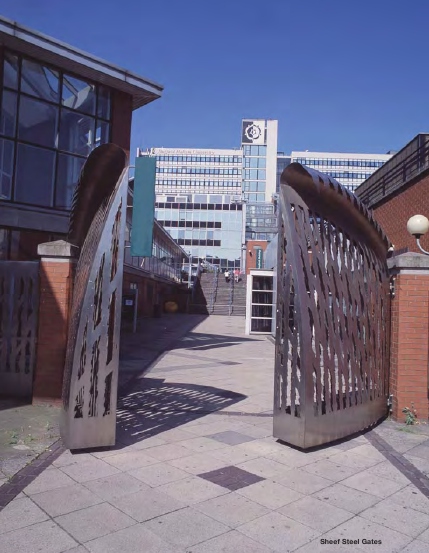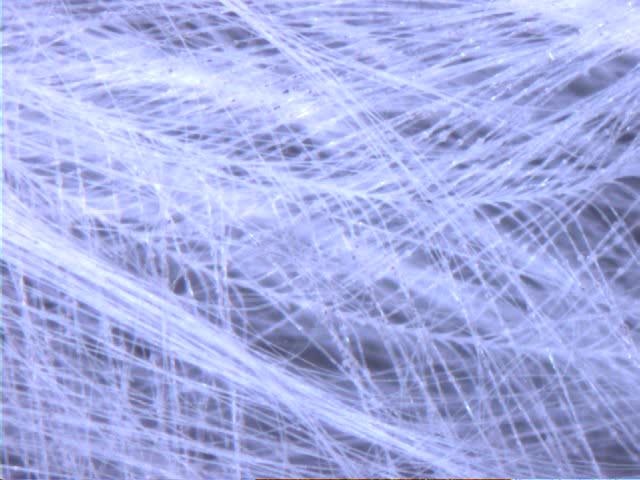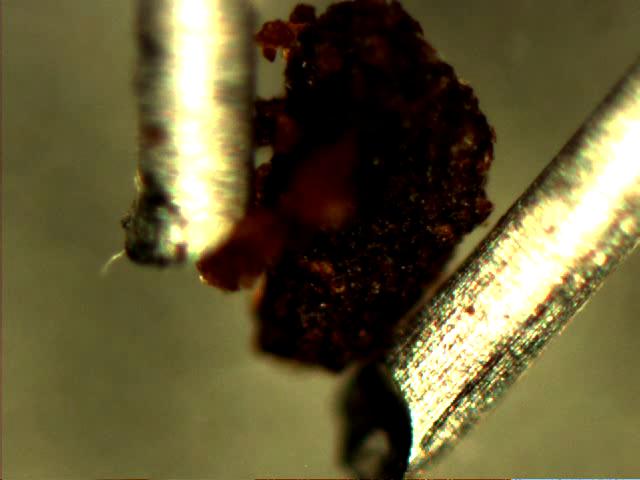Available Student and Research Projects
Student Projects
We always offer projects to motivated students (first degree, Masters of Science, ERASMUS student, ...). If you are interested in doing a project in computer vision, let us know. Here is a description of ongoing research areas to give you an idea of possible projects.
You can also suggest a research topic yourself.
If you work with us, you can learn a lot of skills which are relevant for a career as a software developer:
- Computer Vision, Signal processing, Robotics
- Linear Algebra, Analysis
- Software Engineering
We are using state-of-the-art cross-platform software tools:
- Source-code documentation with
 doxygen
doxygen
- Cross-platform user-interfaces with
 Qt. You can develop full-featured GUI-software which runs under
Qt. You can develop full-featured GUI-software which runs under 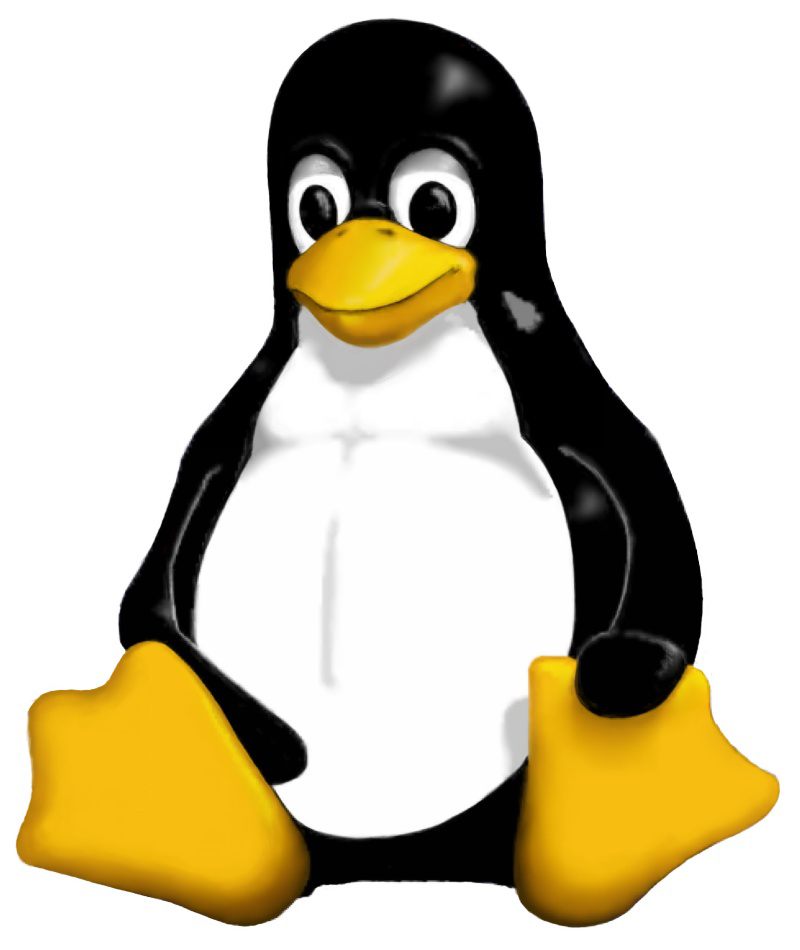 GNU/Linux,
GNU/Linux, 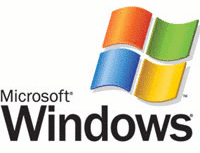 Microsoft Windows, and
Microsoft Windows, and 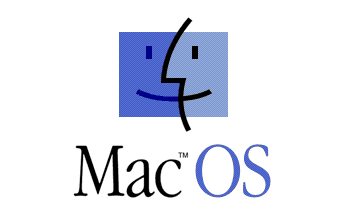 MacOS!
MacOS!
- Platform-independent
 Standard Template Library
Standard Template Library
- Platform-independent
 Boost Library
Boost Library
- Scripting using the dynamically-typed object-oriented programming language
 Ruby
Ruby
Project areas
M.Sc. projects for 2007/08
Artificial Forces for multirobot formation
This work consists of the study of different types of forces for formation generation and maintaining in multirobot systems. Simulation study of different robot behaviours (robot aggregation, group migration and obstacle avoidance) for a team of robots in a 2D environment using NetLogo. Supervisor: Lyuba Alboul, (Jacques Penders) Assistant: Joan Saes-pons
Explicit inter-robot communication using Khepera III robots
This work consists of developing an algorithm for explicit inter-robot communication using IR proximity sensors. Software to be used: Webots (3D robot simulation software). The simulation will be tested on real Khepera III (small-size robots). Supervisor: Lyuba Alboul, George Chliveros, Alan Holloway, (Jacques Penders)
Formation control of Khepera III robots
The project consists of implementing formation control on a group of 3 Khepera robots. Inputs for the control are the US and IR sensors mounted on the khepera III robots, the control consists of a set of attraction and repulsion forces. Supervisor: Lyuba Alboul, George Chliveros, Alan Holloway, (Jacques Penders)
Wall following behaviours for mobile robots
Abstract: the project consists of implementing wall following behaviour on a Khepera III robot using US and/or IR sensors mounted on the robot. Additionally a map of the environment is produced or 2 other khepera follow the wall follower in a formation. Supervisor: Lyuba Alboul, George Chliveros, Alan Holloway, Amir Naghsh, (Jacques Penders)
Design of a I2C sensor interface for Khepera robots using an embedded microcontroller
Abstract: The project consists of designing, building and testing a sensor interface to be mounted on a Khepera robot. The system will be based around an embedded microcontroller which will interface to the Khepera using the I2C interface.
Supervisors: Alan Holloway, Joan Saez-Pons, George Chliveros, (Jacques Penders)
Design of miniature multi channel frequency counter for remote QCM sensing applications
Abstract: The project will involve research into a suitable method of measuring the frequency of an array of frequency based sensors. It is anticipated that either an embedded microcontroller or FPGA will be used. A prototype design should be made and suitable validation of the system performed.
Supervisors: Alan Holloway, A Nabok, (Jacques Penders)
Design of a microcontroller based Electronic nose for use on Khepera robots
Abstract: The project is based around the design of both a hardware and software interface for a small array of sensors which can be mounted on a Khepera robot. The project will involve some embedded microcontroller programming, electronic circuit design and PCB design/fabrication
Stitching for microscopes
Premise
- A microscope-video of an object being moved in x-, and y-direction (parallel to the focussed plane)
- Later a microscope-video of an object being moved in x-, y-, and z-direction (i.e. including depth changes)
To Do
- Generate stitched image from the input-video (linear complexity desirable) without feedback from microscope-drive
- Cross-compare images to avoid a drift of the estimated shift
- Later provide extended depth of field by maximising a focus measure.
See Also
External Links
Micro-Manipulation
This project is about manipulating objects which can be seen under a microscope. The size of the objects typically is up to about 750 micrometers.
Premise
An optical microscope with a motorized stage and a low-cost firewire video camera. There is an early prototype of a gripper mounted on a microtranslation stage. Parts with limited accuracy can be manufactured using rapid prototyping or in the lab.
To Do
The task is to construct and build a more advanced gripper. Possible ideas are:
- Use strain gauges to have feedback
- Develop gripper with more degrees of freedom
See Also
External Links
- John Speich, Michael Goldfarb: A compliant-mechanism-based three degree-of-freedom manipulator for small-scale manipulation (PDF)
- Ying-Chien Tsai, Sio Hou Lei, Hendra Sudin: Design and analysis of planar compliant microgripper based on kinematic approach
